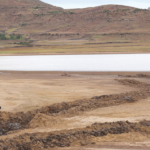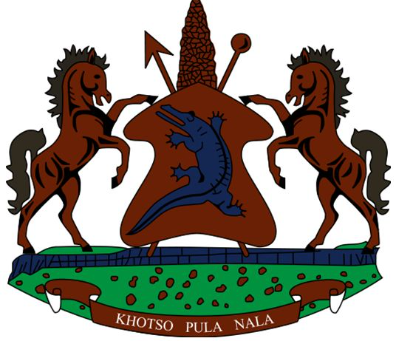… Story of:
- Broken promises
- Costly alternatives
- Looming health disaster
Ntsoaki Motaung & Seabata Mahao
Mafeteng residents have been battling a persistent water crisis, and while the Water and Sewerage Company (WASCO) acknowledges the severity of the problem, its response has been riddled with delays, rising costs, and questionable solutions.
Newsday this week conducted an on-the-ground investigation, uncovering alarming details about the deteriorating Rasebala Dam, the economic strain of alternative water supply methods, and potential health risks stemming from contaminated water sources.
Dam choked by silt and bureaucracy
Rasebala Dam, once a reliable water source, is now plagued by severe siltation, reducing its capacity and threatening the town’s water security.
On January 8, this year, WASCO said that Rasebala Dam, commissioned in 1993 and upgraded in 2012 to meet growing demand, has suffered significant siltation, reducing its storage capacity to just 15 percent.
Newsday discovered this week that a plan had been devised as far back as 2019 to address this issue by excavating and transporting the accumulated sediment elsewhere.
However, this undertaking was estimated to cost approximately M29 million at the time. Given inflation and other economic factors, sources suggested this cost may now be closer to M50 million.
In response to emailed questions yesterday, WASCO said: “The figures are correct and the plan has been changed to use a more appropriate method termed Dredging.”
It added: “Dredging of sand from the dam has been considered for its technical and environmental prowess over excavating and transporting sand from the dam. The cost of dredging is estimated to be M50 million.”
WASCO further said that the stability of the dam was greatly dependant on the load on the dam structure and the bearing capacities of the underlying care should be taken when maintaining the dam that the foundations of the dam are not affected anyhow as the interference with the structures may have detrimental effects.
“Dredging the dam is considered to be the safe way to deal with capacity restorations of the dams. Moreover, dredging can be done at any season and with the dam still functional to serve raw water for our treatment plant while the other method would be most practical in the dry season,” it said.
However, WASCO did not provide clear timelines on when the project will commence, raising concerns that the water crisis will persist indefinitely while costs continue to rise.
A financial drain: The cost of pumping water
Newsday also learned that due to the sediment accumulation in Rasebala Dam, WASCO is currently pumping water from Luma Dam into Raleting Dam, and subsequently from Raleting to the water treatment facility at Motse-Mocha.
It is important to note that, under normal circumstances, water from Rasebala Dam flows naturally to the treatment plant, and this eliminates the need for pumping.
WASCO acknowledged that the current system incurs an annual electricity bill of M90,000, and this cost fluctuates depending on rainfall levels.
Economically, it acknowledged that relying on costly pumping rather than fixing Rasebala Dam is unsustainable.
“It is imperative economically for the company to restore the dam capacity for the mentioned reasons and others like the ease of treatment of water, settlement of solids start in the dams and less turbid waters will be realised if there is enough storage and as thus less chemicals will be needed for treatment of water,” it said.
It added: “It is also very much important to have continuous supply of water that meets the demand of the town even in the critical times to realise as much sales as possible from the produced water and keep the promise of supplying the community with potable water.
“It is in this spirit that the company seeks alternative sources of supply of water when the raw water from the Rasebala dam has deteriorated. The average annual consumption of electricity for pumping at Raleting and Luma is M90,000.00 annually and it varies depending on the rainfall in the year.”
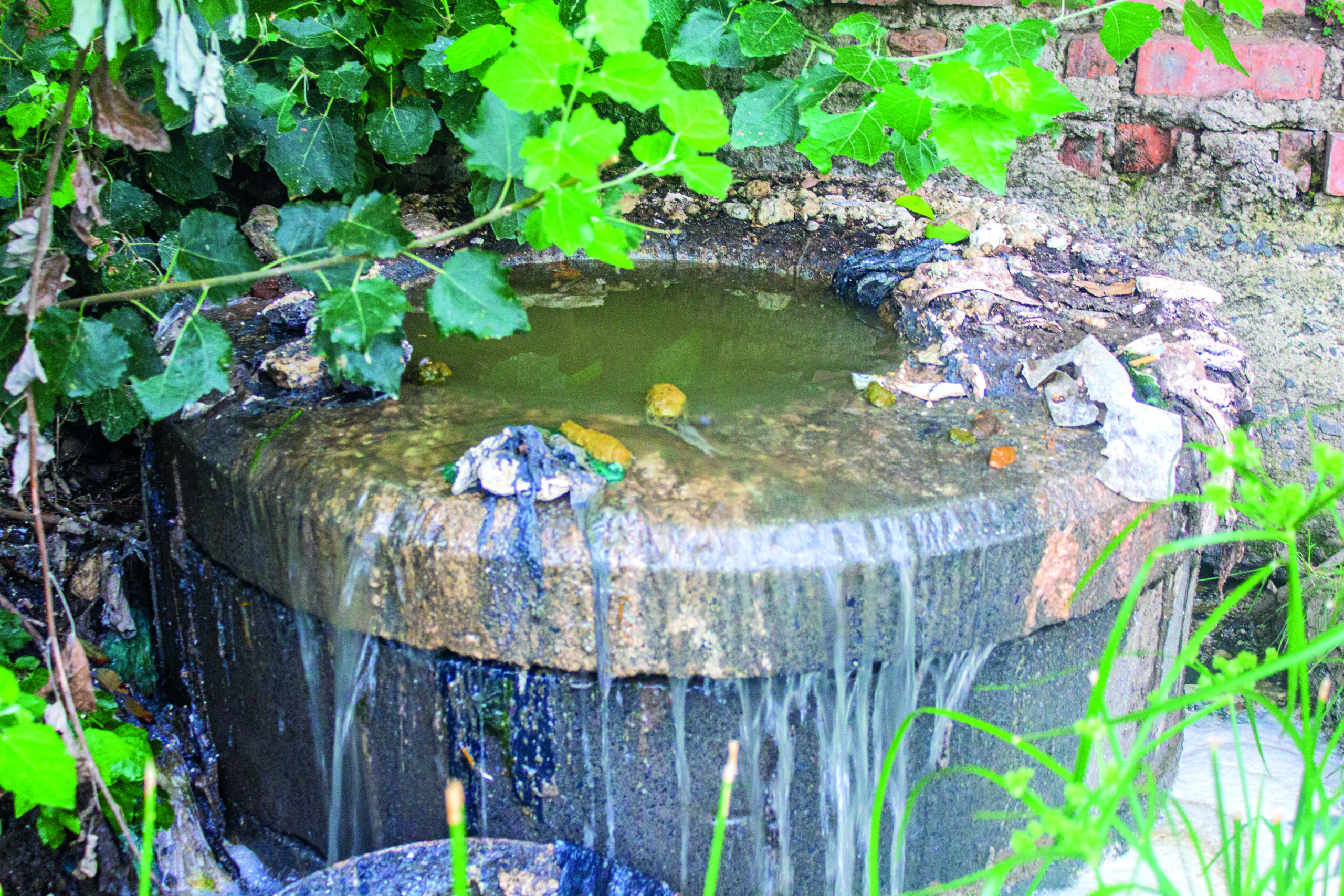
Contamination fears: Sewage flowing into drinking water?
Newsday’s investigation uncovered a particularly alarming issue, a discharge of liquid resembling sewage flowing directly into Raleting Dam, one of the town’s key water sources.
The discharge originates from a maintenance hole behind the National Drug Service Organisation (NDSO), raising urgent concerns about potential contamination.
When questioned, WASCO claimed ignorance of the issue but admitted it understands the risks.
“We are not aware of the incidence in question. However, we are aware of the potential pollution that this can bring but unfortunately the nature of gravity sewer lines are constructed at the places lower than the households in elevation,” it said.
It explained that it tests the raw water and treated water and ensures that the applicable water treatment standards are adhered to and to this point, “there has not been failures from the raw water and treated water.”
“For this reason, we have not found it befitting to alert any authority about the issue. The company also attends the sewerage overflows timeously and where necessary rehabilitates the sewer lines to ensure minimal disruptions.”
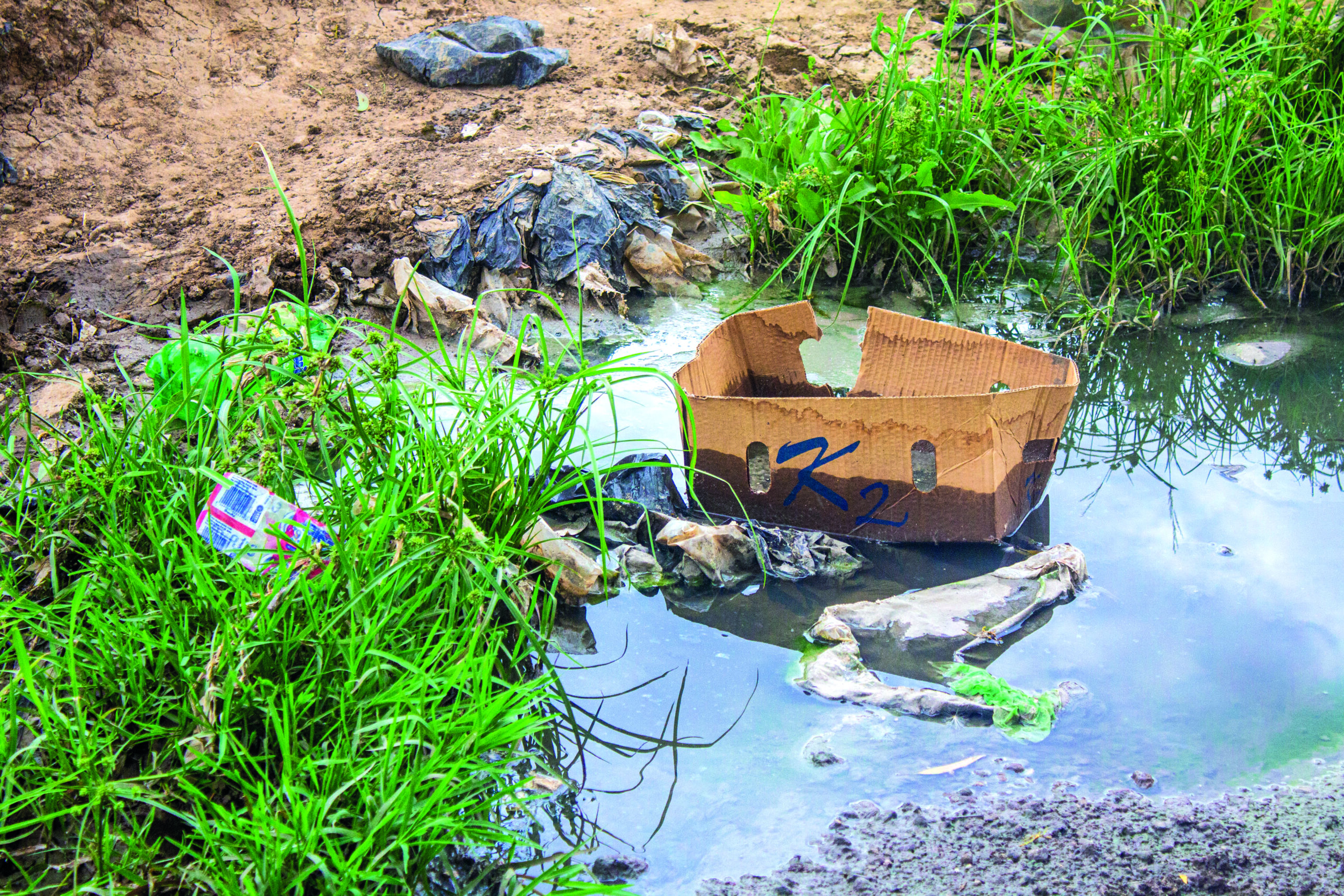
Legal loopholes: WASCO’s water permits under scrutiny
The Water Act of 2008 establishes that all water resources in Lesotho are owned by the Basotho Nation and held in trust by the King on behalf of the people. The Act further states: “The right to use water shall be in accordance with the provisions of this Act.”
According to the Act, water use includes extracting water from a watercourse, storing it, impounding or diverting its flow, and engaging in streamflow reduction activities. It also covers the discharge of waste or wastewater into water resources via pipelines, canals, sewers, or other conduits.
Additionally, water use encompasses irrigation, industrial and mining activities, as well as the disposal of water heated during industrial, mining, or power generation processes. It also includes altering the bed, banks, or course of a watercourse, extracting underground water when necessary for operations or safety, recreational water use, and bottling water for commercial purposes.
Section 20 of the Act explicitly states: “No person shall engage in an activity of using or abstracting water without a water use permit.” Anyone seeking to use water must apply to the Director using the prescribed form.
The permit is valid for five years and can only be transferred with written consent from the Director. The Director is also responsible for determining water volumes, monitoring usage, and ensuring compliance with permit conditions.
However, when questioned about whether it requires permits to abstract water from Raleting and Luma Dams, WASCO denied any obligation to apply, arguing that its authority to use these water sources is established through historical precedence and its own statutory mandate.
“Luma Dam and Raleting Dam, formerly known as Scott’s Vlei Dam, have long been earmarked as the water supply dams in the town as noted in the Four Towns Water Supply Completion Report at the completion of the Rasebala Dam,” it said.
“There has also been a water treatment plant named after and abstracting raw water from the Scott’s Vlei Dam before the construction of the Rasebala Dam which was first commissioned in 1988 before the Water Act was developed in 2008,” it added.
WASCO further explained that it has also been formed by the WASCO Act, “which is a statute equal in power to the Water Act and it gives WASCO the right to use the water sources for its business”.
“This implies that WASCO does not need to apply for a permit to use the water source as it is already allowed by the WASCO Act,” it insisted.
A crisis of accountability
Mafeteng’s water crisis is more than just an infrastructure problem—it is a glaring failure of leadership, planning, and accountability.
- WASCO has acknowledged the urgency of restoring Rasebala Dam but has yet to provide a concrete timeline.
- The company continues to waste financial resources on an expensive alternative supply system rather than implementing a long-term solution.
- Alarming evidence of potential sewage contamination has been met with indifference.
- WASCO’s legal justification for bypassing water permit regulations raises serious concerns about governance and oversight.
With no immediate resolution in sight, residents of Mafeteng remain at the mercy of an inefficient and costly water supply system, while authorities continue to sidestep the pressing need for action.
Summary
- WASCO further said that the stability of the dam was greatly dependant on the load on the dam structure and the bearing capacities of the underlying care should be taken when maintaining the dam that the foundations of the dam are not affected anyhow as the interference with the structures may have detrimental effects.
- “It is imperative economically for the company to restore the dam capacity for the mentioned reasons and others like the ease of treatment of water, settlement of solids start in the dams and less turbid waters will be realised if there is enough storage and as thus less chemicals will be needed for treatment of water,” it said.
- “It is also very much important to have continuous supply of water that meets the demand of the town even in the critical times to realise as much sales as possible from the produced water and keep the promise of supplying the community with potable water.
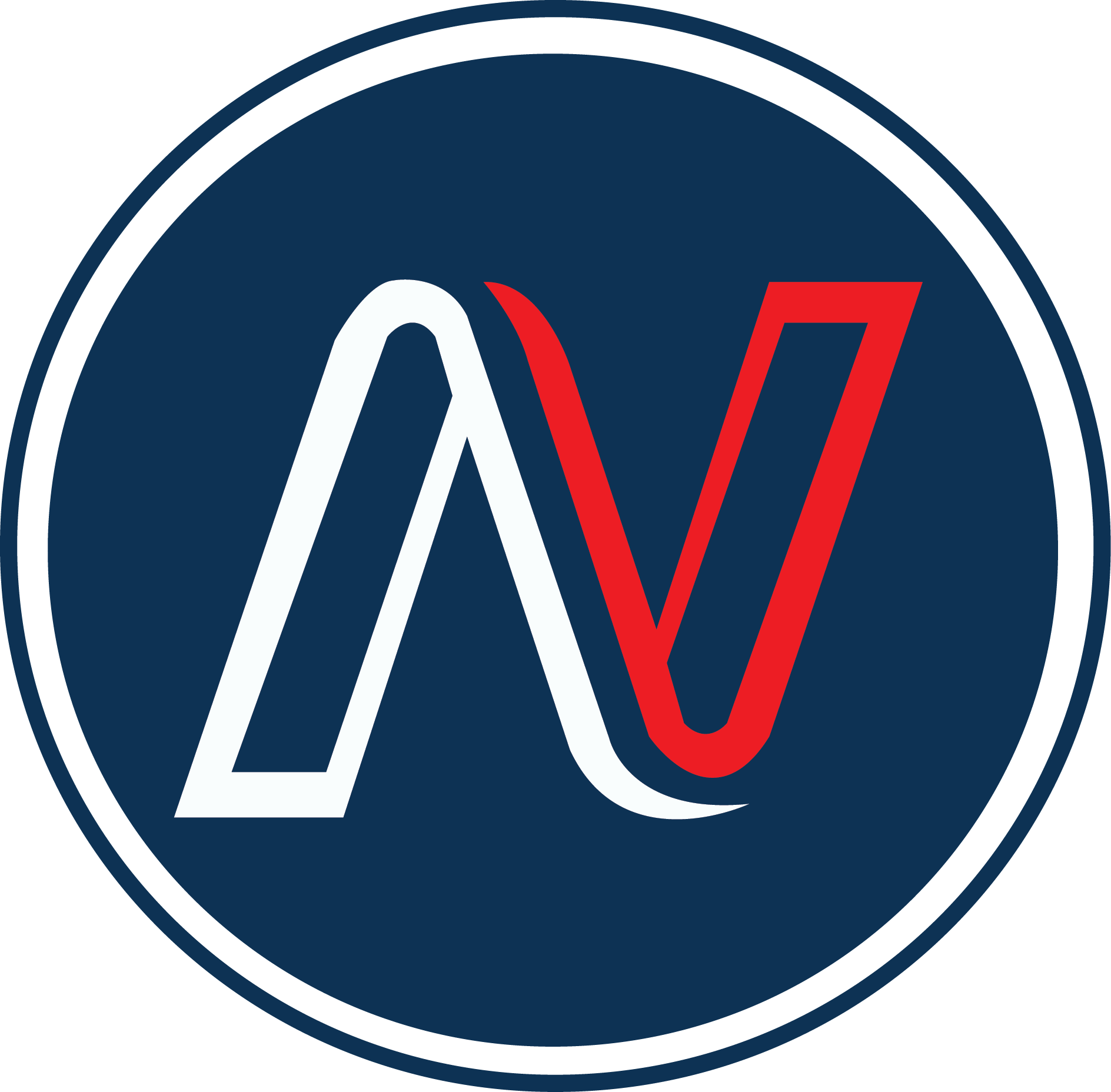
Your Trusted Source for News and Insights in Lesotho!
At Newsday Media, we are passionate about delivering accurate, timely, and engaging news and multimedia content to our diverse audience. Founded with the vision of revolutionizing the media landscape in Lesotho, we have grown into a leading hybrid media company that blends traditional journalism with innovative digital platforms.





